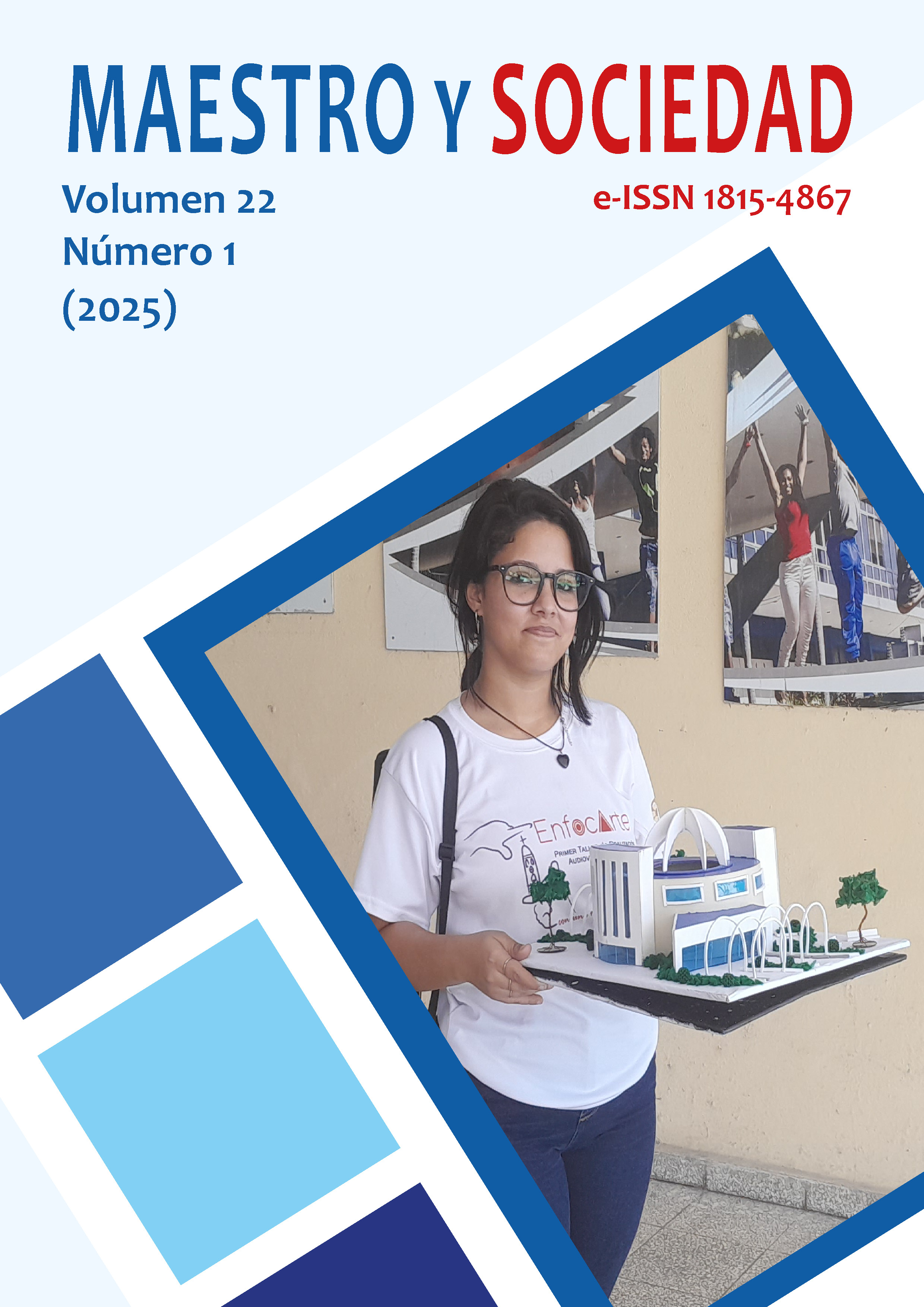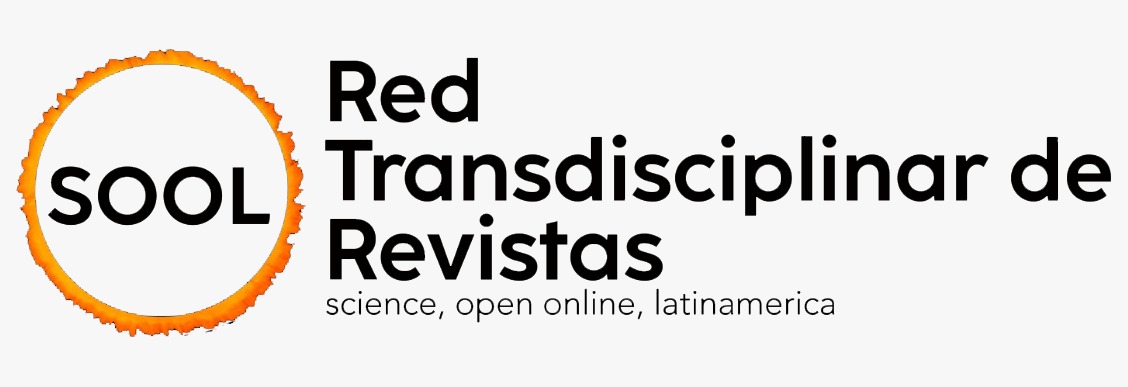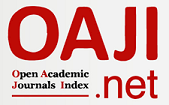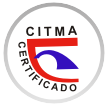Normalidades del rango de movimiento y fuerza muscular de rodilla en bailarines de folclor
Palabras clave:
Movilidad articular, Potencia muscular, Perfil de danzantes, Folclor, Valores estándarResumen
Introducción: La danza folclórica refleja la identidad cultural y tradiciones de un pueblo, combinando movimientos específicos y música tradicional. Más allá de su valor artístico, exige alta destreza física, que destaca el rango de movimiento (ROM) y la fuerza muscular de rodilla. Los bailarines, considerados atletas, enfrentan una alta incidencia de lesiones especialmente en extremidades inferiores. La movilidad y fuerza son clave para prevenir lesiones. Sin embargo, hay pocos estudios sobre bailarines de folclor y su perfil relacionado con el ROM y fuerza muscular de miembros inferiores. Objectivo: Establecer las normalidades del rango de movimiento (ROM) y la fuerza muscular de rodilla en bailarines de folclor de la Corporación Unidanza de la provincia de Tungurahua, Ecuador. Materiales y métodos: La investigación se desarrolló bajo un diseño observacional descriptivo de cohorte transversal con enfoque cuantitativo, aprobada por el comité de ética y con consentimiento informado. Se evaluaron rangos de movimiento y fuerza muscular de rodilla en 100 bailarines. Se incluyeron bailarines mayores de 15 años con al menos un año de práctica, excluyendo a quienes presentaban lesiones o consumo de ciertos fármacos. Se aplicó una ficha fisioterapéutica que registró datos demográficos, flexión y extensión de rodilla y fuerza de músculos flexores y extensores. Resultados: La muestra incluyó 49% de hombrees y 515 de mujeres. No hubo diferencias significativas en la edad ni el IMC entre sexos. Sin embargo, los hombres mostraron mayor peso y talla con diferencias significativas (p<0,05). La fuerza muscular de los flexores y extensores de rodilla fue mayor en hombres, siendo estadísticamente significativa (p<0,05). Discusión: El rango de movimiento (ROM) en flexión fue menor al valor referencia de 135º en ambos sexos (p=0,000), mientras que la extensión fue completa (0º) en todos los participantes. No hubo diferencias significativas en el ROM entre hombres y mujeres. Conclusiones: Este estudio caracteriza la fuerza muscular y rango de movimiento de bailarines de folclor de Tungurahua, mostrando mayor fuerza de hombres y reducción del ROM de flexión. Resalta la necesidad de entrenamientos equilibrados para prevenir lesiones y sugiere estudios biomecánicos futuros.
Citas
Akgonul, B., Atanzay, V., Kara, A., Hamzaoglu, A. (2021). Relationship between balance and lower extremity ROM, H/Q ratio, hamstring tightness, beighton score in professional folk dancers and professional football players. British Journal of Sports Medicine, 55(Suppl 1): A98. http://dx.doi.org/10.1136/bjsports-2021-IOC.231.
Aksu, N., Atansay, V., Koçulu, S., Karalök, I. (2017). Injuries Requiring Surgery in Dancers Performing High-Demand Dances. Orthop J Sports Med.; 5(2_suppl2):2325967117S00091. https://doi.org/10.1177/2325967117S00091.
Cárdenas, W., Fabre, J. (2022). Metodología para la enseñanza de la danza folclórica del ritmo Pasacalle. Rev Podium; 17(2): 689-703. http://scielo.sld.cu/scielo.php?script=sci_arttext&pid=S1996-24522022000200689&lng=es
Ekegren, C., Quested, R., Brodrick, A. (2014). Injuries in pre-professional ballet dancers: Incidence, characteristics and consequences. J Sci Med Sport.; 17(3):271-5. http://dx.doi.org/10.1016/j.jsams.2013.07.013.
Farmer, C., Brouner, J. (2025). Frequency of Upper Body Muscular Demands in Contemporary and Ballet Dance Performance: A Cross Sectional Performance Analysis. https://doi.org/10.1177/1089313X251313664.
Florencio, L., Martins, J., da Silva, M., Da Silva, J., Bellizzi, G., Bevilaqua, D. (2019). Knee and hip strength measurements obtained by a hand-held dynamometer stabilized by a belt and an examiner demonstrate parallel reliability but not agreement. Phys Ther Sport; 38:115-122. http://dx.doi.org/10.1016/j.ptsp.2019.04.011.
Hamilton, W., Hamilton, L., Marshall, P., Molnar, M. (1992). A profile of the musculoskeletal characteristics of elite professional ballet dancers. Am J Sports Med.; 20(3):267-73. https://doi.org/10.1177/036354659202000306.
Handelsman, D., Hirschberg, A., Bermon, S. (2018). Circulating Testosterone as the Hormonal Basis of Sex Differences in Athletic Performance. Endocrine Reviews; 39:803-829. https://doi.org/10.1210/er.2018-00020.
Horwath, O., Moberg, M., Larsen, F., Philp, A., Apró, W., Ekblom, B. (2020). Influence of sex and fiber type on the satellite cell pool in human skeletal muscle. Scandinavian Journal of Medicine & Science in Sports; 31:303-312. https://doi.org/10.1111/sms.13848.
Kelln, B., McKeon, P., Gontkof, L., Hertel, J. (2008). Hand-held dynamometry: reliability of lower extremity muscle testing in healthy, physically active, young adults. J Sport Rehabil; 17(2): 160-70. http://dx.doi.org/10.1123/jsr.17.2.160.
Khan, A., Ansari, S., Khan, Z., Raza, S. (2024). The Association Between Isometric Shoulder Strength and Sports Performances in University Soccer Players: A Cross-Sectional Study. Cureus; 16(10): e72041. http://dx.doi.org/10.7759/cureus.72041.
Kochman, M., Cmela, G., Kasperek, W., Drużbicki, M. (2024). Comparison of selected biomechanical variables of lower limbs and dynamic balance between folk and ballroom dancers. Journal of Kinesiology and Exercise Sciences; 34(107): 53-59. https://doi.org/10.5604/01.3001.0054.6776.
Kubal, S., Kadam, V. (2021). Relationship between Core Strength, Core Endurance and Balance in Folk Dancers – A Pilot Study; 15(4):157-65. https://doi.org/10.37506/ijpot.v15i4.16520.
Liébana, E., Monleón, C., Morales, R., Pablos, C., Moratal, C., Blasco, E. (2018). Muscle Activation in the Main Muscle Groups of the Lower Limbs in High-Level Dancesport Athletes. Medical problems of performing artists; 33 (4):231-237. https://doi.org/10.21091/mppa.2018.4034.
Mazian, A., Rizhan, W., Rahim, N., Jamal, A., Ismail, I., Fadzli, S. (2023). A Theoretical Framework for Creating Folk Dance Motion Templates using Motion Capture. International Journal of Advanced Computer Science and Applications;14(5). http://dx.doi.org/10.14569/IJACSA.2023.0140547.
Molnár, C., Pálya, Z., Kiss, R. (2021). Static Balancing Ability and Lower Body Kinematics Examination of Hungarian Folk Dancers: A Pilot Study Investigating the “Kalocsai Mars” Dance Sequence. Applied Sciences; 11 (18): 8789. https://doi.org/10.3390/app11188789.
Muralidaran, S., Wilson, A., Maharaj, M., Beshara, P., Nettleton, L., Wang, T., Pelletier, M., Mobbs, R., Walsh, W. (2020). Validación de un nuevo goniómetro digital como herramienta de evaluación del rango de movimiento para las extremidades inferiores. J Orthop Res Ther; 5: 1158. http://dx.doi.org/ 10.29011/2575-8241.001158.
Ogrinc, N., Pavlović, M., Šarabon, N. (2024). Muscle Strength Asymmetries of the Lower Limbs and Trunk in Ballet Dancers. Med Probl Perform Art.; 39(2):64-71. https://doi.org/10.21091/mppa.2024.2009.
Olds, M., McLaine, S., Magni, N. (2023). Validity and Reliability of the Kinvent Handheld Dynamometer in the Athletic Shoulder Test. J Sport Rehabil; 32(7), 764-772. http://dx.doi.org/10.1123/jsr.2022-0444.
Özdemir, Ö., Yildirim, G. (2020). Joint range of motion and balance in modern Turkish folk dancers‘The fire of Anatolia example. Investigación en Educación en Danza; 23 (4), 413–424. https://doi.org/10.1080/14647893.2020.1837096.
Pappas, E., Kremenic, I., Liederbach, M., Orishimo, K., Hagins, M. (2011). Time to Stability Differences Between Male and Female Dancers After Landing from a Jump on Flat and Inclined Floors. Clinical Journal of Sport Medicine; 21:325-329. https://doi.org/10.1097/JSM.0b013e31821f5cfb.
Postnova, T. (2022). Folklore and choreography in the dialogue of cultural and national interaction. Perspectives of science and education; 59(5):53-65. http://dx.doi.org/10.32744/pse.2022.5.4.
Rice, P., Nimphius, S. (2020). When Task Constraints Delimit Movement Strategy: Implications for Isolated Joint Training in Dancers. Front Sports Act Living.; 2:49. http://dx.doi.org/10.3389/fspor.2020.00049.
Rice, P., Van, H., Dejournette, D., Gurchiek, R., Mackall, J., McBride, J. (2017). A Comparison of Musculo-Articular Stiffness and Maximal Isometric Plantar Flexion and Knee Extension Force in Dancers and Untrained Individuals. J Dance Med Sci.; 21(4):144-150. https://doi.org/10.12678/1089-313X.21.4.144.
Roach, K. E., Miles, T. P. (1991). Normal hip and knee active range of motion: the relationship to age. Phys Ther.;71(9):656-65. http://dx.doi.org/10.1093/ptj/71.9.656.
Savchyn, L. (2023). Traditions of dance culture in cultural discourse. Baltic Journal of Legal and Social Sciences; (1):152-157. https://doi.org/10.30525/2592-8813-2023-1-19.
Shah, S., Weiss, D., Burchette, R. (2012). Injuries in professional modern dancers: incidence, risk factors, and management. J Dance Med Sci. Mar;16(1):17-25. PMID: 22390950.
Soucie, J., Wang, C., Forsyth, A., Funk, S., Denny, M., Roach, K., Boone, D. (2011). Hemophilia Treatment Center Network. Range of motion measurements: reference values and a database for comparison studies. Haemophilia. ;17(3):500-507. http://dx.doi.org/10.1111/j.1365-2516.2010.02399.x.
Steinberg, N., Siev, I., Zeev, A., Tenenbaum, S. (2023). Is there an association between joint range of motion and muscle strength in young female dancers? And, does it depend on the effects of age and menarche? Res Sports Med.; 31(5):663-678. http://dx.doi.org/10.1080/15438627.2022.2031199.
Taboada, Y., Abalo, R., García, T. (2020). Traditional Dances and their Characteristic Injury Profiles. Systematic review. Apunts. Educación Física y Deportes; 141,1-10. https://doi.org/10.5672/apunts.2014-0983.es.(2020/3).141.01
Taboadela, C. (2007). Goniometría: una herramienta para la evaluación de las incapacidades laborales. Asociart ART.
Todorova, V., Sosina, V., Vartovnyk, V., Pugach, N., Pogorelova, O. (2020). Development of strength abilities in dancers by means of choreographic training. Science Education; 9-17. https://doi.org/10.24195/2414-4665-2020-4-2.
Wanke, E., Gabrys, L., Leslie, J., Ohlendorf, D., Groneberg, D. (2018). Functional muscle asymmetries and laterality in Latin American formation dancers. Journal of back and musculoskeletal rehabilitation; 31 (5): 931-938. https://doi.org/10.3233/BMR-160633.
Westblad, P., Tsai, L., Johansson, C. (1995). Eccentric and concentric knee extensor muscle performance in professional ballet dancers. Clin J Sport Med.; 5(1):48-52. http://dx.doi.org/10.1097/00042752-199501000-00009.
Yarin, A., Saravia, P., Coveñas, J., Esenarro, D., Tafur, V. (2021). Test-retest reliability of standard goniometry and the G-pro smartphone in shoulder flexion-extension. Rehabilitación; 55 (Issue 3): 183-189. http://dx.doi.org/10.1016/j.rh.2020.11.003.
Zuev, I., Musukhranov, I., Romanova, E. (2021). Aspects of the theoretical understanding of the folk and folk stage dance of Altai. Vestn.; 41. http://dx.doi.org/10.17223/22220836/41/19.
Descargas
Publicado
Cómo citar
Número
Sección
Licencia
Derechos de autor 2025 Rosa Cristina Vásconez Calero, Josselyn Gabriela Bonilla Ayala

Esta obra está bajo una licencia internacional Creative Commons Atribución-NoComercial-SinDerivadas 4.0.
Esta revista proporciona un acceso abierto inmediato a su contenido, basado en el principio de que ofrecer al público un acceso libre a las investigaciones ayuda a un mayor intercambio global de conocimiento. Cada autor es responsable del contenido de cada uno de sus artículos. Los artículos pueden ser inéditos o estar disponibles previamente en servidores de preprints reconocidos por la revista. Sin embargo, no se permite la duplicación de la publicación o traducción de un artículo ya publicado en otra revista o como capítulo de un libro.
This journal provides immediate open access to its content, based on the principle that providing the public with free access to research supports a greater global exchange of knowledge. Each author is responsible for the content of each of their articles. Articles may be previously unpublished or available on preprint servers recognized by the journal. However, duplication of publication or translation of an article already published in another journal or as a book chapter is not permitted.
Esta revista oferece acesso aberto imediato ao seu conteúdo, com base no princípio de que oferecer ao público acesso gratuito à pesquisa contribui para um maior intercâmbio global de conhecimento. Cada autor é responsável pelo conteúdo de cada um de seus artigos. Os artigos poderão ser inéditos ou estar previamente disponíveis em servidores de preprints reconhecidos pela revista. No entanto, não é permitida a duplicação de publicação ou tradução de artigo já publicado em outro periódico ou como capítulo de livro.



























 Universidad de Oriente
Universidad de Oriente 